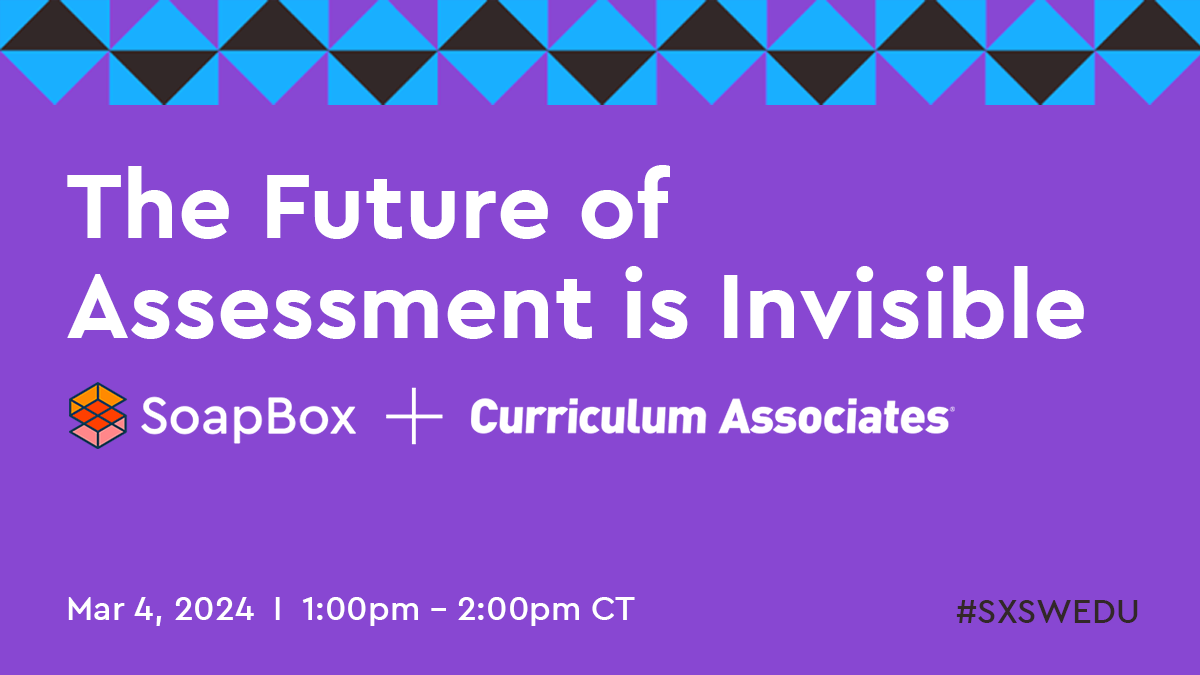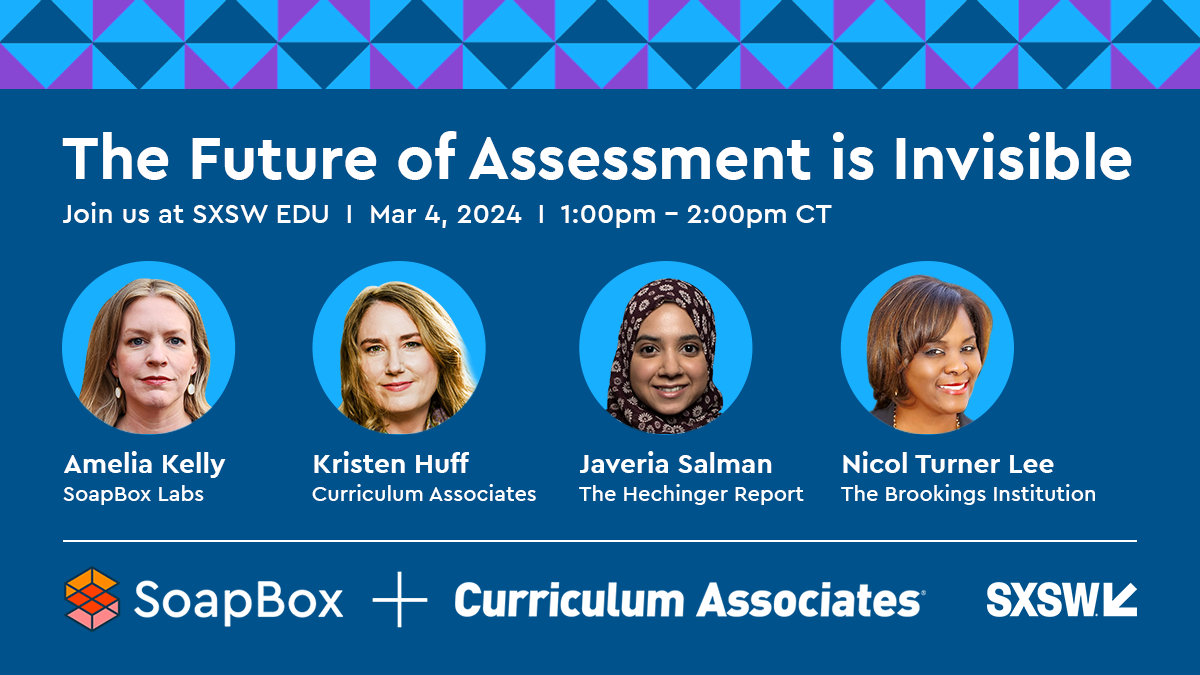Voicebot Year in Review Podcast
January 7, 2021

Before the holidays, SoapBox’s CCO Niamh Bushnell participated in a “Year in Review in Europe” podcast with Voicebot’s Bret Kinsella and European colleagues Dominik Meissner and Alexis Hue. They covered a broad range of industry topics during the hour-long discussion.
Below are some of Niamh’s contributions on SoapBox’s voice tech for kids:
On privacy
Niamh: Are we really comfortable, as parents of young kids, to allow their voices to be captured and stored, as part of the data accumulation exercises Big Tech companies undertake to serve their ad driven business models?
A lot of brands are coming to independent voice technology providers like us looking for privacy-focused solutions, and for the opportunity to control their customers’ data themselves, outside of the Amazon and Google ecosystems.
Is voice tech a nice-to-have or necessity?
Niamh: As voice technology becomes more accurate, it’s no longer just a convenience. It becomes a necessity for kids to use in their homes and classrooms. Going forward, kids will look to voice technology as the natural interface for engaging with all other kinds of education and entertainment-focused tools and products.
Voice ecosystems
Niamh: At 95% accuracy, we now have the foundational base for voice-powered solutions. Brands can develop products on top of that base without needing to engage the larger, more generic voice ecosystems, and without making compromises in relation to their technology or their data. Instead of compromising, brands can now focus on getting creative.
Personalization
Niamh: We’re talking about personalization at an individual level, but we still haven’t solved voice technology for different groups and demographics. Look at bias and the way voice assistants treat people with different accents, voices, and of different races. We haven’t solved for those yet.
Voice in education
Niamh: For Amplify, we quickly delivered a fluency assessment for remote learning that could be given to kids on any device, and used in any classroom or home, to assess kids’ reading levels and reading loss as they returned to school in September. That was a game changer for the education industry.
Voice tech versus voice assistants
Niamh: Voice technology is much more than a voice assistant that sits in the classroom and babysits kids. Voice technology like ours actually helps kids to learn to read or do math. It solves real world problems.
With voice technology, you can assess kids more regularly, more objectively, and more independently. The data goes back to the teacher who can then use it to identify the need for early interventions: a student who might have dyslexia, or a student with language development challenges.
Listen to the full Voicebot podcast.




